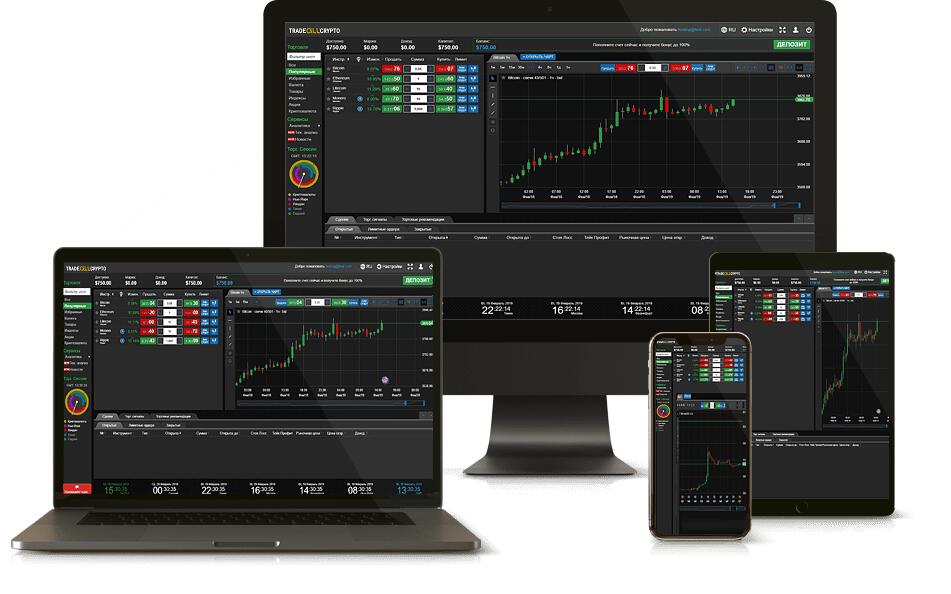
If they have lax collection procedures and policies in place, then income would drop, causing financial harm. The average collection period does not hold much value as a stand-alone figure. In addition to being limited to only credit sales, net credit sales exclude residual transactions that impact and often reduce sales amounts. This includes any discounts awarded to customers, product recalls or returns, or items re-issued under warranty. 💡 To calculate the average value of receivables, sum the opening and closing balance of your required duration and divide it by 2.
- Since it shows the rate at which customers pay off their outstanding invoices, it can be an essential KPI for your overall cash management.
- In the fiscal year ended December 31, 2017, there were $100,000 gross credit sales and returns of $10,000.
- A lower average collection period is generally more favorable than a higher one.
- Understanding the receivables collection period can offer insights into your business’s future cash flow projections.
Customer analytics and automated AR solutions offer the best way to track, collect and invoice their customers. These automated processes ensure that invoices are collected promptly, preventing you from being left with uncollected receivables which lead to cash flow issues. In today’s business landscape, it’s common for most organizations to offer credit to their customers.
From the account receivable collection period of XYZ Co., it can be determined that the business has done exceptionally well when it comes to managing its account receivable balances. Not only have XYZ Co. managed to recover its balances within the 30 days credit period limit but also managed to do it 9 days (30 days – 21 days) before. Since the result is better than expected, XYZ Co. can also consider loosening its credit control policies to attract more sales. Accounts receivable turnover ratio calculations will widely vary from industry to industry. In addition, larger companies may be more wiling to offer longer credit periods as it is less reliant on credit sales.
Usefulness of the Accounts Receivables Turnover Ratio
The short period of days identified the good performance of collection or credit assessment, and the long period of days represents the long outstanding. Setting up and maintaining systems and standards is essential for mitigating your A/R risk. Make sure that invoices are sent out regularly by adhering to a repeatable process. Call customers before invoice due dates and take steps to address non-payment the minute that a receivable becomes overdue.
Financial statements for the three months ended June 30, 2023 – osfi-bsif.gc.ca
Financial statements for the three months ended June 30, 2023.
Posted: Wed, 30 Aug 2023 09:12:45 GMT [source]
The defensive strategy tier focuses on establishing terms that your clients would be responsible for should you need to move to debt collection for a past-due account. Make sure the same period is being used for both net credit sales and average receivables by pulling the numbers from temporary accounts the same balance sheets. The accounts receivable collection period may be affected by several issues, such as changes in customer behaviour or problems with invoicing. DSO is calculated by dividing the total number of AR during a period by net credit sales during that same period.
Factors affecting receivables collection period
As an added layer of protection, consider purchasing trade credit, or accounts receivable, insurance to protect your assets from loss, and mitigate future risk. Credit insurance specifically protects you against a loss to your largest and most vulnerable asset—your A/R. Set ambitious goals and actions for your A/R process, and periodically measure your performance to apply changes whenever and wherever necessary.

You can calculate it by dividing your net credit sales and the average accounts receivable balance. Alternatively, check the receivables turnover ratio calculator, which may help you understand this metric. Most modern businesses use accrual accounting, offering their customers the option to buy now and pay later. This process is typically done through invoicing which requires a company to set collection period parameters and deploy specific receivables procedures. While a “buy now, pay later” model theoretically seeks to increase sales, the downside is it delays and creates some uncertainty for cash flow payments. As such, it can become more difficult to finance day-to-day operations or make future investments.
Importance of the Average Collection Period
After the agreed term, the company will pay cash equal or partial of the accounts payables. When the exchange rate moves against the favor of the buyer company, the number of accounts payable will increase hence recognizing a loss in the company’s accounts. When the company pays for the inventory purchased from a vendor or pays for services, a debit entry is recognized in the books of the company hence decreasing accounts payables. This will create a credit entry in the books of the company hence increasing accounts payables.
The Billtrust Blog offers informative accounting insights, advice on automated AR best practices, tips and tricks, and strategies to optimize your AR processes. Additionally, It can be used as part of the analytical procedure which is part of the audit procedures of accounts receivable to assess how the company manage its receivable. Accounts receivables appear under the current assets section of a company’s balance sheet. The company wants to assess the account receivable outstanding at the end of December 2016. In simple terms, maintaining an optimal AR collection period enables your business to have a greater potential for growth.
Accounts receivable collections is a revenue stream for companies that falls under the category of operating activities because it aims to improve the cash flow for a company. AR collections is designed to make more money from its current customers by collecting money they owe now. The average collection period emerges as a valuable metric to help in this endeavor.
Average Collection Period Formula, How It Works, Example
Managing receivable collections is a significant and delicate responsibility for any retail or retail-related company. To efficiently collect money from customers, you need to know what your customers want and offer it. The more of their needs you can meet, the better chance they will pay for your product or service. A high collection period often signals that a company is experiencing delays in receiving payments. However, it’s important not to draw immediate conclusions from this metric alone.

These businesses anticipate receiving payment on a pre-established date, while the unsettled credit sale is recorded as accounts receivable. The second equation divides 365 days by your accounts receivable turnover ratio. A good receivables collection period is one that reflects efficient credit and collection management for a business. While the ideal collection period varies across industries, a shorter collection period generally indicates a more favourable scenario. Consider a small graphic design business that offers design services to clients on credit.
For example, the account receivable collection period of a business can be used in the calculation of its cash operating cycle. Businesses can use this information to determine the length of time it takes them from the initial purchase of raw materials to final receipt of cash from the sales of their finished goods. On the other hand, having too conservative a credit policy may drive away potential customers. These customers may then do business with competitors who can offer and extend them the credit they need. If a company loses clients or suffers slow growth, it may be better off loosening its credit policy to improve sales, even though it might lead to a lower accounts receivable turnover ratio. Companies with more complex accounting information systems may be able to easily extract its average accounts receivable balance at the end of each day.
Mastering Dunning Workflows: A Guide to Effective A/R Collections
If this fails, collection agencies may be contacted to try and recover the debt. Read on to learn more about the meaning of accounts receivable collections, whether it’s an operating activity, how to manage AR collections, accounts receivable management and more. A company’s average collection https://online-accounting.net/ period gives an insight into its AR health, credit terms, and cash flow. Without tracking the ACP, it will become difficult for businesses to plan for future expenses and projects. Here are two important reasons why every business needs to keep an eye on their average collection period.
- Generally, the average collection period is an important internal metric used in the overall management of a company’s finances.
- Typically, the average accounts receivable collection period is calculated in days to collect.
- Another option could be to keep an alternative form of payment on file such as a credit card, and include in your agreement a remedy to charge the account in the case of a missed invoice.
- Even though a lower average collection period indicates faster payment collections, it isn’t always favorable.
- Communicate your credit management process to other departments within your company; set clear limits on required actions and make people accountable.
The foundational strategy should be used as a portion of your overall A/R collection procedure. By itself, it will help show you what accounts may be overdue, and it can organize your contracts or agreements once a client is onboarded. But it alone will not help in managing your accounts receivables for better cash flow. Your company’s net credit sales are the total revenue it made on credit fewer sales returns and allowances over the period.
Effective accounts receivable management ensures that money owed by customers for goods delivered or services provided is paid to the company in a timely manner. Effective accounts receivable management enhances company cash flow by preventing nonpayment or late payment. Key performance metrics such as accounts receivable turnover ratio can measure your business’s ability to collect payments in a timely manner, and is a reflection of how effective your credit terms are. A lower accounts receivable collection period is typically more desirable, as it indicates the company’s ability to collect payments more rapidly. However, this may also suggest that the company’s credit terms are excessively stringent, potentially causing customers to seek suppliers or service providers with more accommodating payment terms.
